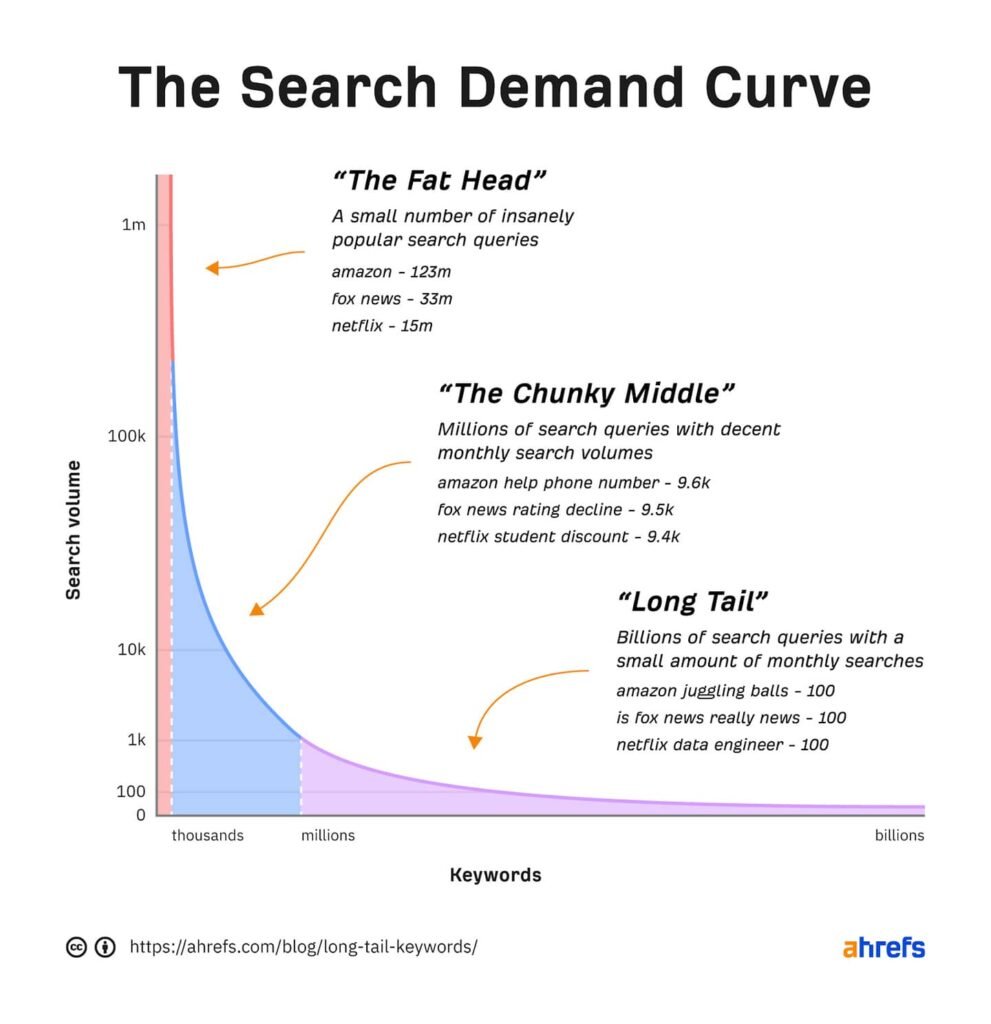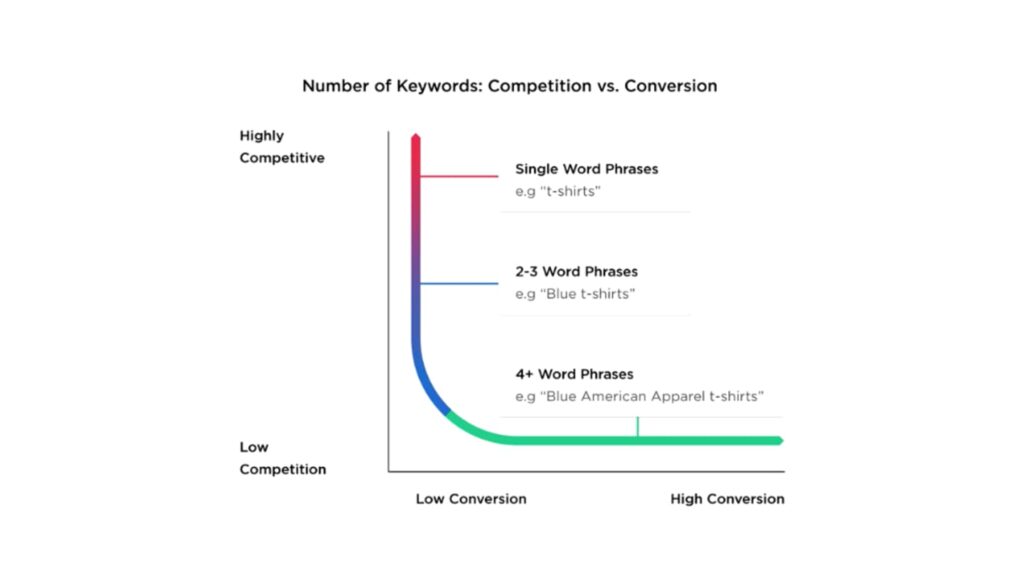Long Tail Keywords: What They Are & How to Use Them
Unlock the power of long tail keywords with Skillshare. From understanding how they work to mastering their usage, discover practical tips about long tail keywords.
In the vast, complex and constantly changing landscape of search engine optimization (SEO), long tail keywords have emerged as potent tools for boosting online visibility and driving targeted traffic to websites of all kinds.
Because of that, long tail keywords should be a cornerstone of any comprehensive SEO strategy. And while they may not always guarantee faster and easier ranking, their strategic implementation can yield significant benefits, especially in niche markets and specific search queries. Want to know how to make long tail keywords work for you? Learn exactly what long tail keywords are, discover their significance in SEO strategies and see our tips for leveraging their power like a pro.
Long Tail Keywords Explained

Long tail keywords are search phrases that typically contain three or more words, and are characterized by their specificity and relevance to particular topics or niches.
For instance, while a keyword like "sunflower seeds" would be considered short tail, one like "how to make sunflower seeds sprout faster" would fall under the long tail category.
Despite what their name suggests, long tail keywords are not called as such simply because they're, well, long. Instead, long tail keywords derive their name from their distribution on the 'long tail' of the search demand curve, representing less frequently searched terms that collectively comprise the majority of overall search queries.

But while long tail keywords may have low search volume, they usually have higher conversion rates — that's because the people using them know exactly what they're looking for and are typically prepared to take action. So by understanding the dynamics of long tail keywords, you can better optimize your content and reach highly targeted audiences.
Understanding the Mechanics of Long Tail Keywords
Long tail keywords operate on the principle of catering to specialized search queries, and in doing so aim to match the user's intent more precisely.
By incorporating detailed phrases that align closely with what users are seeking, websites can increase their chances of ranking higher in relevant search results. This mechanism allows businesses to connect with potential customers who exhibit clear intent and are more likely to convert.
And as an added bonus, long tail keywords typically aren't as difficult to rank for as short tail keywords, which means you won't have to compete with as many other websites to rank for them.
Mastering the Art of Using Long Tail Keywords

Effectively harnessing the potential of long tail keywords requires a strategic approach. With these key tips, you'll be much more able to utilize them to their fullest:
- Keep the user’s search intent in mind: Don't just add a long tail keyword to your website and call it a day. Instead, take the time to craft content that directly addresses the specific needs or inquiries of your target audience.
- Develop topic clusters: Create interconnected content clusters centered around core topics that are relevant to your brand. In the process, strive to incorporate long tail keywords that comprehensively cover various aspects of each topic.
- Strategically position your keywords: Integrate long tail keywords naturally into your content, including headings, subheadings, body text and image captions, to enhance search engine visibility without compromising readability. Keep in mind that the higher priority a keyword is to your site, the higher you should position it on a given page.
Tips for Finding Effective Long Tail Keywords
To discover valuable long tail keywords that are relevant to your site, you'll need to employ a blend of creativity, research and analysis in your SEO efforts. Consider these tips to uncover the best long tail keyword opportunities for you:
- Utilize keyword research tools: Leverage tools like Google Keyword Planner, Moz Keyword Explorer and Ahrefs to identify long tail variations of primary keywords.
- Analyze competitor strategies: Investigate the keywords targeted by competitors in your niche to gain insights into potential long tail opportunities. You can do so manually (i.e., by visiting and reading your competitors' websites), or you can use a competitor research tool like the one offered by Semrush.
- Explore related searches: Review search engine suggestions and related search queries to uncover long tail variations with high relevance. (Hint: The "People Also Ask" section that appears on the first page of Google's search results is a great resource for this.)
- Consider using location-based keywords: Incorporate geographical modifiers to target local audiences and capture location-specific search traffic.
- Leverage long tail variations: Expand upon primary keywords you’re already targeting by adding modifiers such as adjectives, descriptive phrases or question formats to refine search intent and give users exactly what they're looking for.
- Analyze search trends: Stay updated on industry trends and seasonal fluctuations, and adapt your long tail keyword strategy accordingly.
Unlocking the Power of Long Tail Keywords
Long tail keywords serve as indispensable assets in modern SEO strategies, and offer a pathway to connect with hard-to-reach audiences, boost conversions and drive meaningful engagement.
By understanding the mechanics behind long tail keywords, mastering their strategic implementation and adopting effective techniques for discovery, you can unlock the full potential of these specialized search queries to elevate your online presence and achieve organic, sustainable growth.
Want to upgrade your SEO chops even further (and get your website to rank even higher)? Skillshare’s online SEO classes are here to help, whether you’re a total beginner, an experienced SEO practitioner or fall somewhere in between.
And if you’re looking to grow your business, be sure to check out our free resources on marketing blogs, email marketing courses and social media marketing.
Learn SEO with Skillshare – Start Your Free 7-Day Trial Now!
Get started- Unlimited access to all classes
- Learn from digital marketing pros
- Learn offline with Skillshare's app